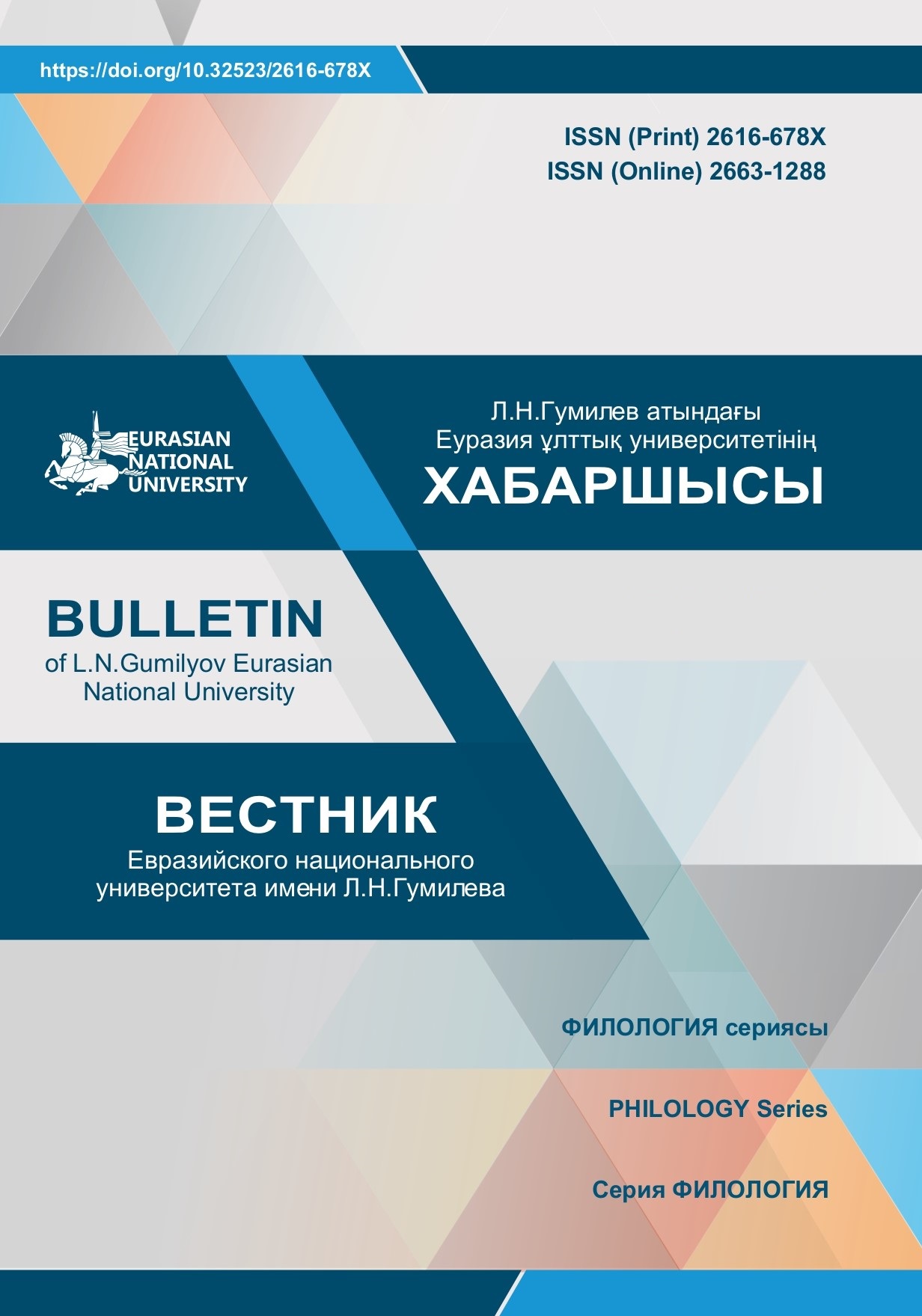National corpus: characteristics of ethnocultural units
Views: 171 / PDF downloads: 91
DOI:
https://doi.org/10.32523/2616-678X-2025-151-2-127-142Keywords:
ethnocultural units, anthropocentric paradigm, national corpus, automation.Abstract
The article addresses the problem of lexicographic description of ethnocultural units preserved in language within the national corpus. It explores cultural-cognitive ethnocultural values tied to the unique historical development of the Kazakh people, their daily life specifics, traditions, as well as their habitat, region, and natural environment, which evolved in harmony with their living conditions. A distinctive feature of the article is its focus on the digitalization of ethnocultural units preserved in collective memory. The relevance of the article lies in revitalizing the archetypal meaning of ethnocultural units in consciousness and revealing the potential of words in modern linguistic usage. The goal is to broaden the cognitive horizons of linguist-scholars and elevate the level of civic consciousness through language. The scientific novelty resides in renewing national culture, which has been transmitted across generations through worldview and national existence, and preserving it for future generations via the national corpus. Today, the national corpus is actively evolving, being structured, and enriched with numerous subcorpora. The results and analyses presented in the article include explanations of the meanings of ethnolexical units (such as dauylpaz, terme, änşı, jyr, khantalpai, kamajai) for younger generations and their analysis through the corpus. The article’s objective is to demonstrate a scientific-methodological framework for systematizing ethnocultural units that reveal the "Kazakh world," already studied in ethnolinguistic, linguocultural, dialectological, and sociocognitive research.







